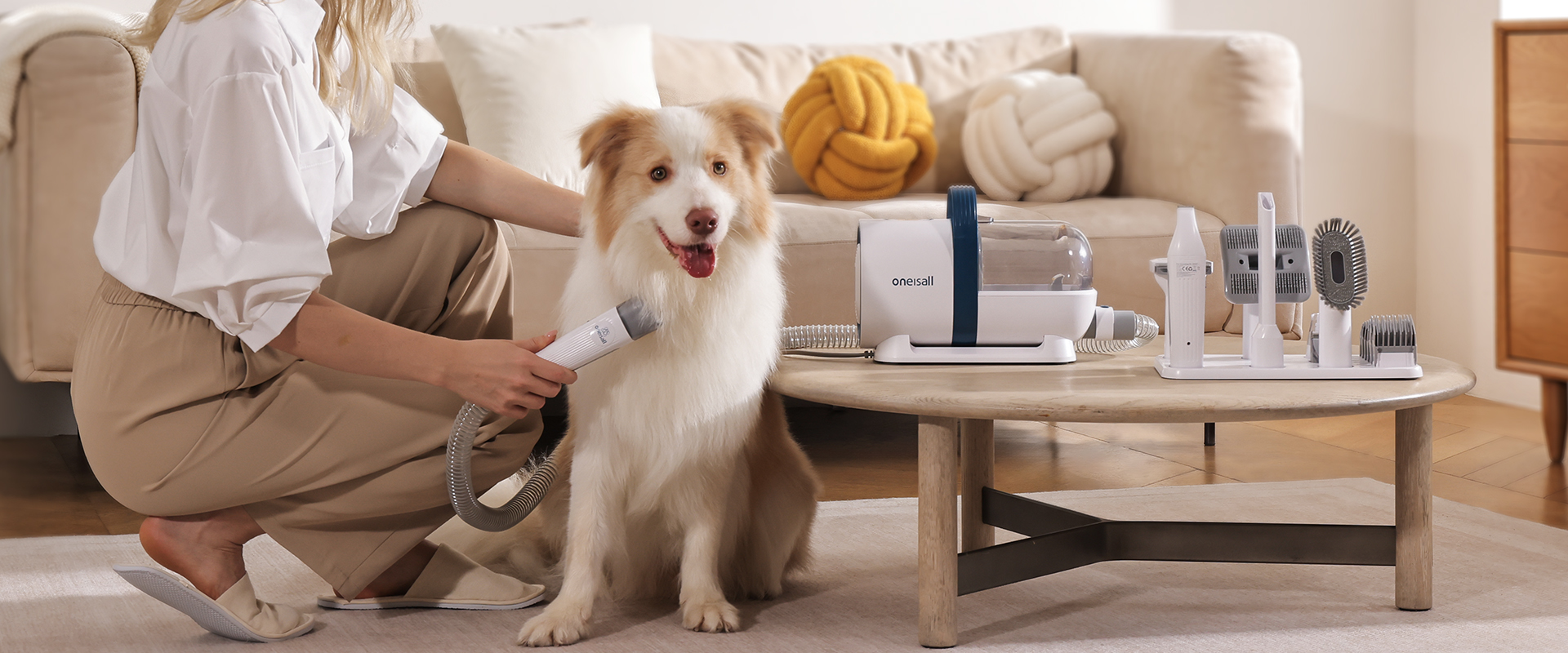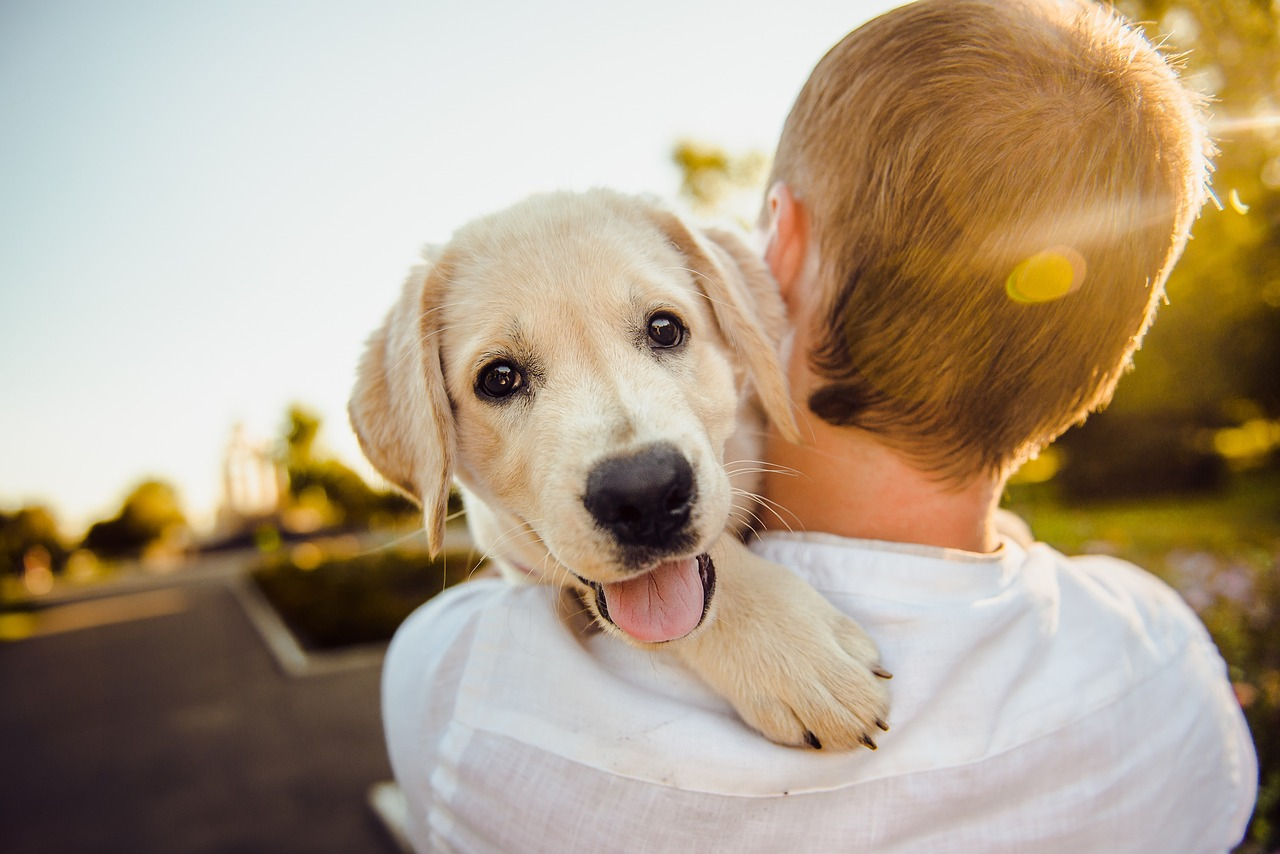
As a responsible pet owner, ensuring your dog’s comfort and health is paramount, and a significant part of this care involves regular grooming. However, one aspect that is often overlooked is how the changing seasons and weather conditions can impact your dog’s grooming needs. Adjusting grooming routines based on the weather is essential for maintaining your pet’s health and comfort year-round. In this article, we will explore how different weather conditions affect grooming requirements and provide practical tips for using tools like a dog hair trimmer to keep your furry friend looking and feeling their best.
Understanding Seasonal Grooming Needs
Winter Grooming Tips
Coat Care
During the winter months, a dog’s coat plays a crucial role in insulation against the cold. While it might be tempting to shave your dog’s fur for convenience, it’s important to maintain a longer coat during the colder season. Regular brushing helps to keep the fur free from mats and tangles, which can trap moisture and lead to skin problems.
Bathing Frequency
In winter, it’s advisable to reduce the frequency of baths to prevent stripping the coat of its natural oils, which can lead to dry and flaky skin. When you do bathe your dog, ensure they are thoroughly dried before going outside to prevent chills. Using a dog-specific conditioner can help maintain skin moisture.
Paw Care
Winter conditions can be harsh on your dog’s paws due to exposure to ice, snow, and salt. Regularly check and trim the fur around the paw pads to prevent ice from accumulating. Applying a paw balm can protect against cracking and irritation.
Spring Grooming Tips
Shedding Management
Spring often brings a significant increase in shedding as dogs lose their winter coat. Regular brushing with a de-shedding tool can help manage the excess fur and reduce the amount of hair around your home. A dog hair trimmer can also be used to trim longer hair and keep your dog looking neat.
Allergies and Skin Care
Springtime can also mean the arrival of allergens like pollen, which can affect your dog’s skin. Regular baths with a hypoallergenic shampoo can help remove pollen and reduce irritation. Keep an eye out for excessive scratching or redness, which may indicate allergies.
Ear Care
With increased outdoor activity in the spring, dogs are more likely to get dirt and debris in their ears. Regular ear cleaning helps prevent infections and keeps your dog comfortable. Use a gentle ear cleaning solution and cotton balls to clean the outer ear canal.
Summer Grooming Tips
Heat Management
In summer, keeping your dog cool is a top priority. Trimming the coat can help manage heat, but avoid shaving down to the skin, as fur provides protection against sunburn and overheating. Regular brushing helps remove loose hair and promotes better air circulation.
Hydration and Skin Care
The hot weather can dry out your dog’s skin, so it’s important to keep them hydrated. Provide plenty of fresh water and consider using a moisturizing spray to keep the skin supple. Be cautious of sun exposure, especially for dogs with lighter coats, and apply pet-safe sunscreen to vulnerable areas.
Tick and Flea Prevention
Summer is peak season for ticks and fleas. Regular grooming sessions are an excellent time to check for parasites. Using a fine-tooth comb, inspect your dog’s fur and skin for signs of ticks and fleas. Implement a reliable tick and flea prevention plan recommended by your veterinarian.
Fall Grooming Tips
Coat Transition
As the weather cools down, your dog’s coat will start to thicken in preparation for winter. Regular grooming helps manage the shedding of the summer coat and supports the growth of a healthy winter coat. A dog hair trimmer can be useful to maintain a neat appearance without removing too much fur.
Bathing and Skin Care
Fall can bring muddy conditions, making regular baths necessary to keep your dog clean. Use a gentle shampoo and ensure your dog is completely dry after each bath to prevent skin issues. Regularly check for signs of skin irritation or fungal infections, which can be more common in damp conditions.
Nail Care
With changing outdoor surfaces, your dog’s nails might wear down differently. Regularly check and trim their nails to avoid overgrowth and discomfort. Proper nail care ensures your dog maintains a healthy gait and reduces the risk of injury.
Tools and Products for Seasonal Grooming
Dog Hair Trimmers
A high-quality dog hair trimmer is an essential tool for maintaining your dog’s coat throughout the year. Look for trimmers with adjustable blade lengths and low noise levels to keep your dog comfortable during grooming sessions.
Brushes and Combs
Different types of brushes are needed for different coat types and seasonal needs. De-shedding tools, slicker brushes, and bristle brushes are all useful for managing different grooming tasks.
Shampoos and Conditioners
Using season-appropriate shampoos and conditioners can help manage your dog’s skin and coat health. Hypoallergenic shampoos are great for spring, moisturizing shampoos for summer, and conditioning shampoos for winter.
Paw Balms and Sunscreens
Protective products like paw balms and pet-safe sunscreens are essential for maintaining paw and skin health, especially in extreme weather conditions.
Conclusion
Adjusting your dog’s grooming routine based on the weather is crucial for their comfort and health. By understanding the specific needs for each season and using the right tools, such as a dog hair trimmer, you can ensure your dog remains happy and healthy year-round. Regular grooming not only enhances your dog’s appearance but also strengthens the bond between you and your pet, making the effort well worth it.











